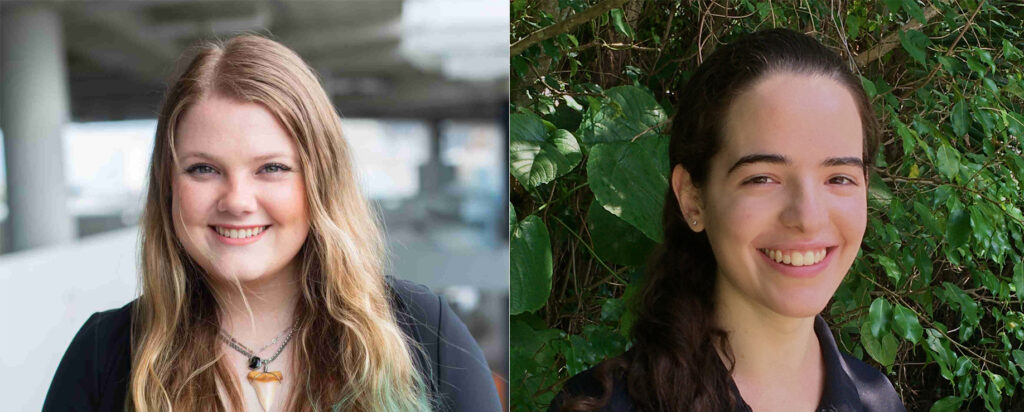2024 UCS Science Defenders
The Union of Concerned Scientists, which is a nonprofit advocacy organization founded by scientists and students at MIT using independent scientific research to inform climate change-related public policy and evidence-based solutions, annually announces its Science Defenders. These are “individuals and groups who use science to improve the world and help people, including those who have taken a stand to protect science and scientists from political or other interference” (UCS).
I’m incredibly proud to share that my good friend and fellow Board Member for The CLEO Institute, John Morales, has been honored as one of the 2024 Science Defenders. As an Emmy Award-winning meteorologist with NBC6, John has become a trusted voice for so many, especially here in South Florida. For decades, he has guided our community through the most difficult moments – hurricanes, extreme weather, and now, the growing impacts of climate change – with clarity, compassion, and integrity.
But what sets John apart is not just his science communication, it’s his courage. Long before it was common in the broadcast world, John used his platform to speak openly about the realities of climate change, educating viewers not just about the forecast for tomorrow, but about the future of our planet. John embodies what it means to be a Science Defender: someone who stands up for truth, for people, and for the role of science in protecting us all.
Congratulations, my friend. Your leadership, voice, and heart continue to inspire so many of us.
You can read more about John and his work from the Union of Concerned Scientists’ announcement below, or by clicking here.
John Morales: Facing Climate Change with Humanity
For people worldwide concerned about the ever more destructive and frequent storms fueled by our changing climate, meteorologist John Toohey-Morales’ honest and emotional reaction to Hurricane Milton’s unprecedented rapid intensification as it approached the Florida coast in October 2024 struck a chord. Millions viewed a clip of him describing the storm’s stunning drop in pressure with a tremor in his voice.
“I used to be a cool cucumber,” Morales says. “But I’ve been in this profession for 40 years, and I don’t feel I can be non-alarmist anymore. Things have changed during those 40 years, and they’re accelerating in the wrong direction. Any little disturbance out there has a chance to go through a rapid intensification cycle and end up being a monster hurricane in a snap. It’s what I saw in Milton.”
As he observed and forecasted the storm last fall, Morales says he feared for the people in Milton’s path whose safety was at risk. And as a meteorologist who consistently and clearly links extreme weather to climate change in his reporting, he also deeply felt in that moment “the frustration of communicating about this for 20-plus years, and not enough being done [about it].”
Morales has been a steady presence on the television screens of millions of south Floridians for decades. He provides his expert analysis on weather events in English and Spanish on WTVJ in Miami—including, by his estimate, hundreds of tropical storms. Although he retired from his position as Chief Meteorologist in 2022, the station retained him as a hurricane specialist; it was in this role that his Milton forecast went viral. Morales’ current responsibilities include serving as a trustee at Cornell University and as an atmospheric and environmental scientist at ClimaData Corporation, a company he founded that specializes in forensic meteorology and weather consulting. He also trains other meteorologists—consistently ranked by audiences as among the most trustworthy sources of scientific information—in science communication.
One year after Morales began his on-television career as a meteorologist, the category 5 storm Hurricane Andrew devastated southern Florida.
“I was the first degreed broadcast meteorologist in any Spanish-language newscast anywhere in the US at the time,” he says. “After Andrew, people began to recognize the need to have a knowledgeable voice providing potentially life-saving weather warnings and forecasts. We’ve come such a long way since then: dozens of degreed meteorologists are on Spanish-language newscasts all over the US.”
Never losing sight of the people put at risk by extreme weather, Morales, who grew up in Puerto Rico, has branched out to also provide information about storms and climate trends in Caribbean countries with ClimaData.
“These are countries with limited resources, facing the increasing negative impacts of climate change head on without a lot of support. Making sure that people are properly served with the correct information so they can save lives and property is important to me.”








 (From left) Delaney Reynolds and Julie Topf
(From left) Delaney Reynolds and Julie Topf